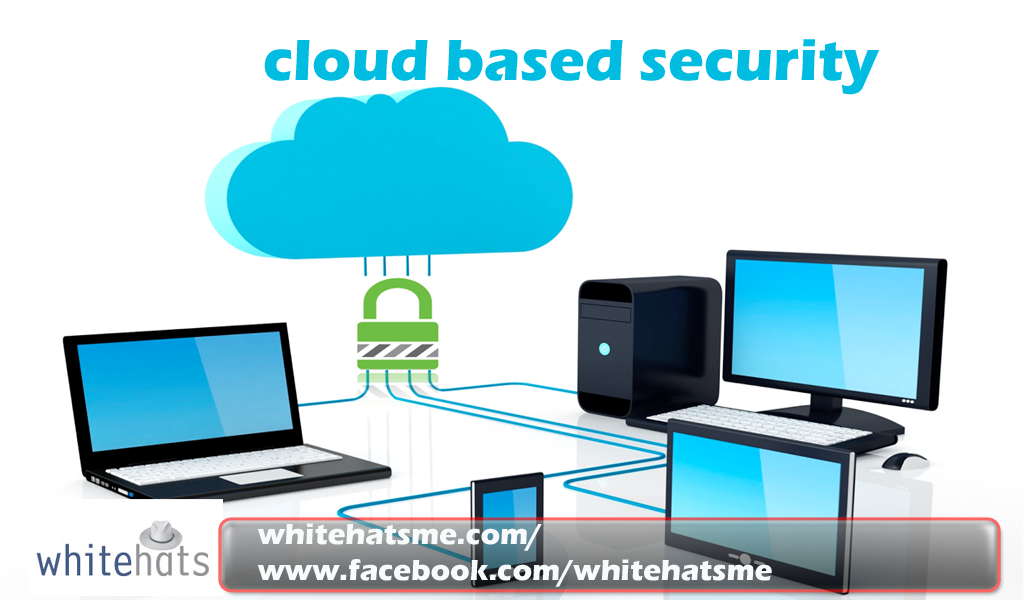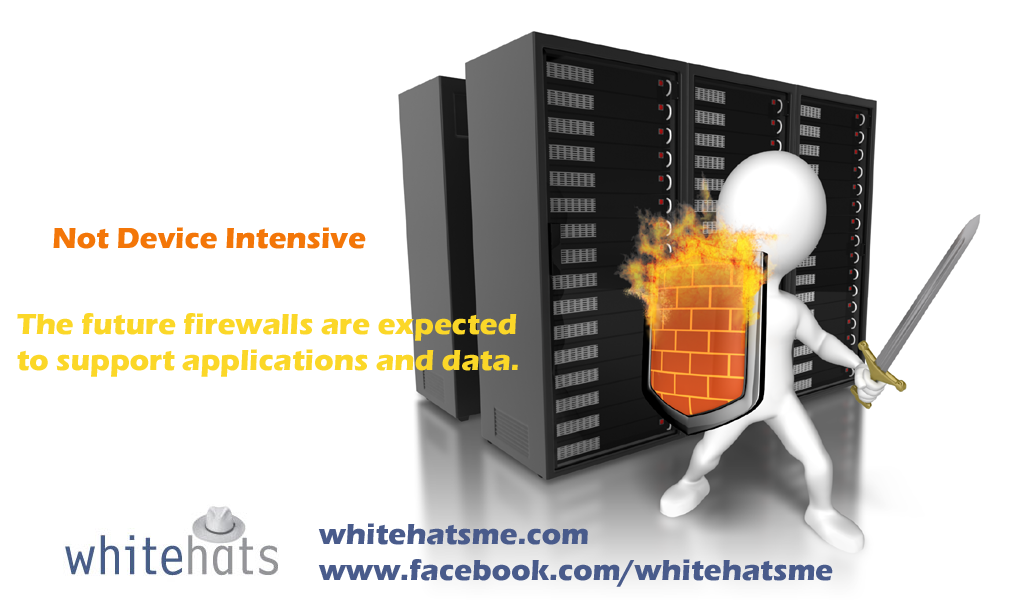Cloud Firewall & Content Filtering Future of Network Security

Firewalls will remain central to protection of the network connected devices. They act as a gateway to analyze and control communications. Firewall technology takes care of the network security issues and provide Network Security Solutions once and for all. The cloud technologies will also positively influences the firewalls.
Unified Threat Management
In the past the data was exchanged through a fast packet processor and content scanning servers. This meant that separate servers were needed for each of the mundane tasks like for locating spyware and scanning viruses. This did not only mean that your company had to deal with different vendors but it would also result in increased costs.
However this way of managing the network is no more feasible. The world has tried to move from the best in breed architecture to unified threat management architecture. The original idea was to resolve and simplify the implementation issues but it did not succeed. It was obvious that one device could not possibly defend against so many threats existing online. And no matter how much you would prepare, the firewall implementation meant some kind of security lapse always existed. Thanks to cloud computing that came to the rescue and solved these problem once and for all.
There are many reasons why organizations are rapidly shifting to Cloud Based Security. When you run several firewalls, you have to manage each one of them in the hope of getting things fixed. The amount of data firewalls needed to process is magnanimous. And we all know that users are creating large amounts of data at a very rapid pace that needs to be processed fast and it will only increase with the passage of time. And even if more bandwidth is provided, it would be consumed by the ever increasing amount of data generated so quickly. The real-time data flow seriously hampers the performance of the firewalls and undermines their ability to fight the threats that exist online. And it is not a practical approach anymore to first stop the data, analyze it and then let it pass through as this would impact the end-user experience. When you switch to cloud, it takes care of all these problems simultaneously. Cloud pulls out the heavy workload out of the system and redirects it to content based filters. This approach not only helps you simultaneously fight multiple threats but you would also be able to scale up the firewall as per the organizational requirements. This approach is particularly useful for organizations which have a lot of computing power available at their disposal. The scalable cloud based computing also helps reduce the costs. We all know the cost reduction that companies can materialize by relying upon cloud-based scanning methods.
The old firewalls relied upon devices to block the problems. In modern times, firewall does not act as a device responsible for protecting against the security threats existing online. Firewall exists somewhere in the middle. One of the major misconceptions that exists in the mind of many is that we cannot probably need the firewalls after shifting to cloud. However, firewalls are needed to manage end user access. Therefore, when a transition is made to cloud, firewalls will still be required. There is no doubt that both firewalls and cloud will work together to provide the kind of robust protection required against to tackle the modern day cybercriminals. Therefore, when you think about security, think of an infrastructure that consists of cloud and firewalls both. The future firewalls are expected to support applications data and Antivirus Solutions. The new application analysis would mean prioritizing good applications and access to data.




















